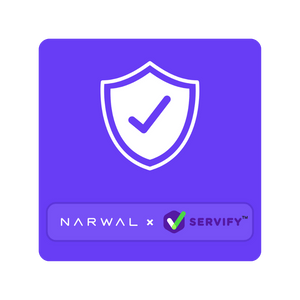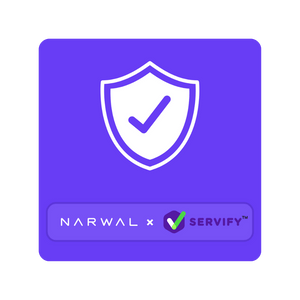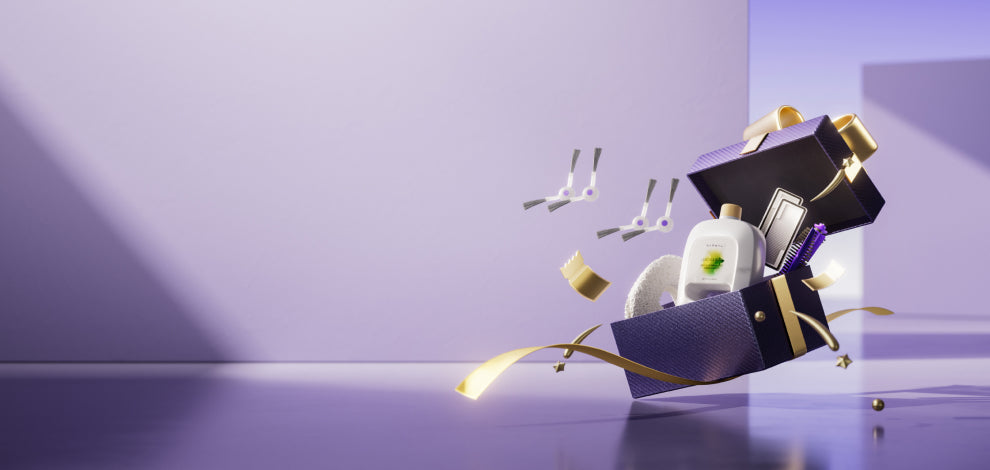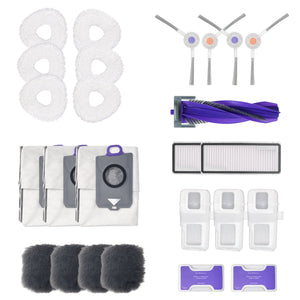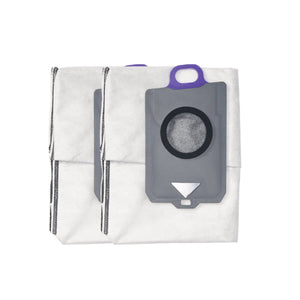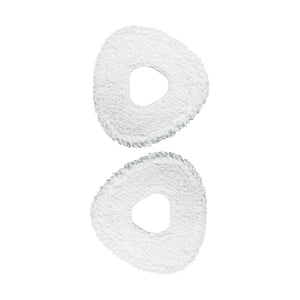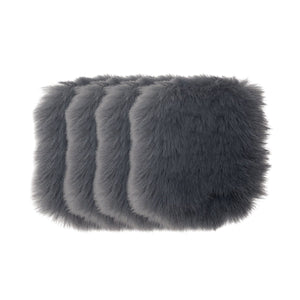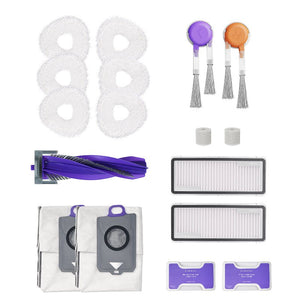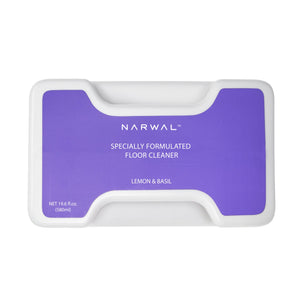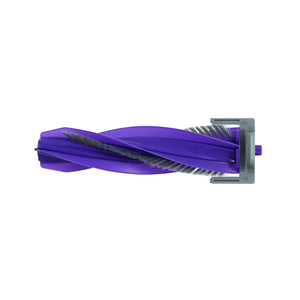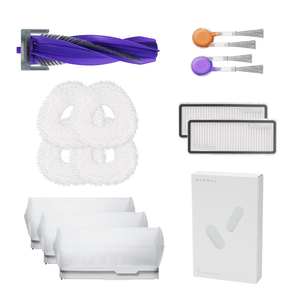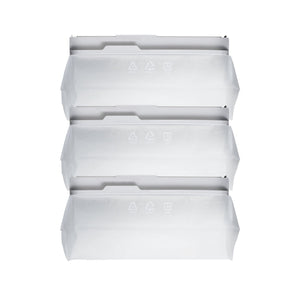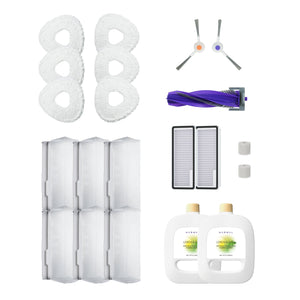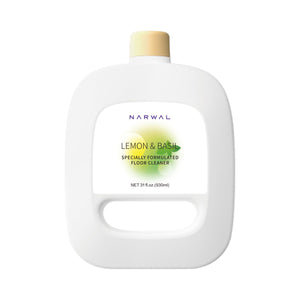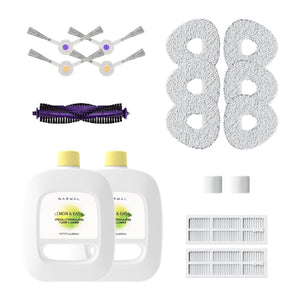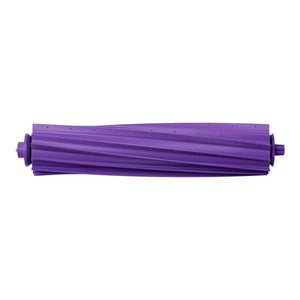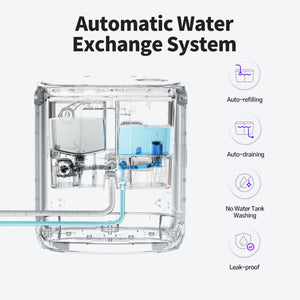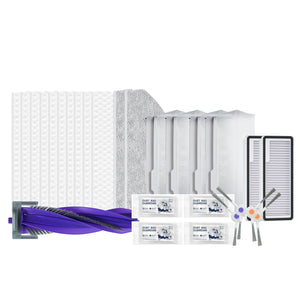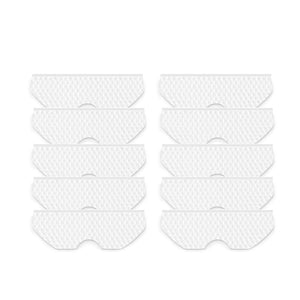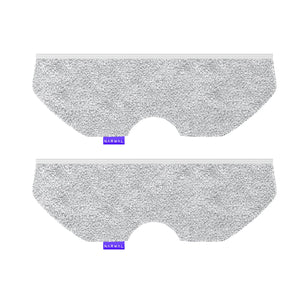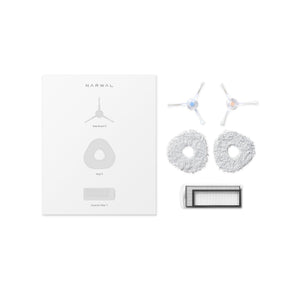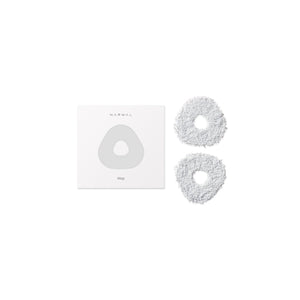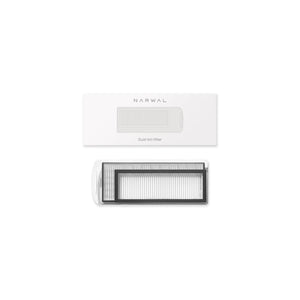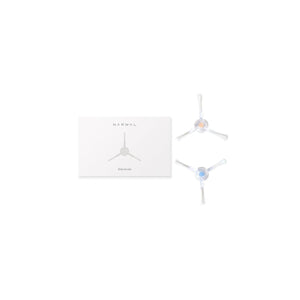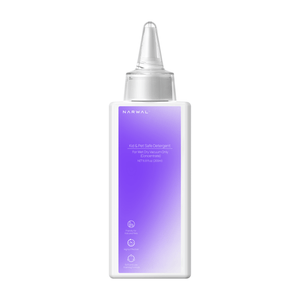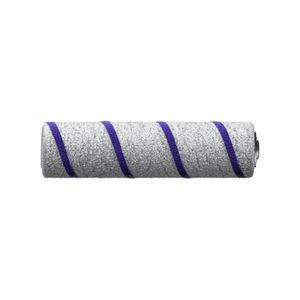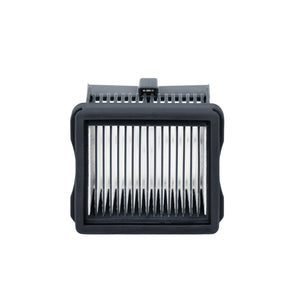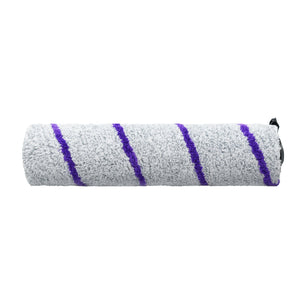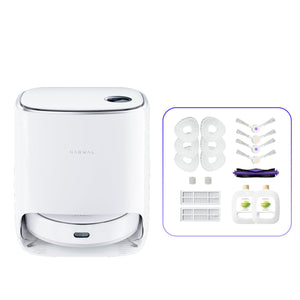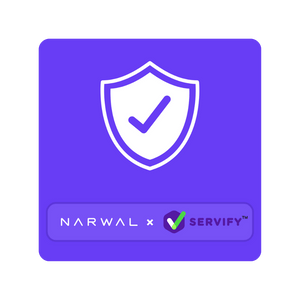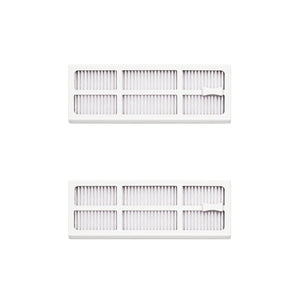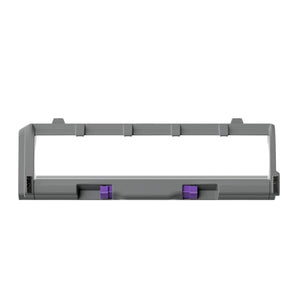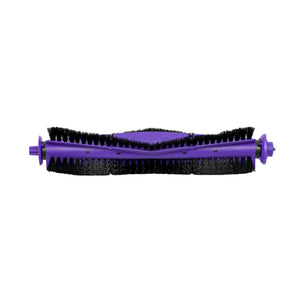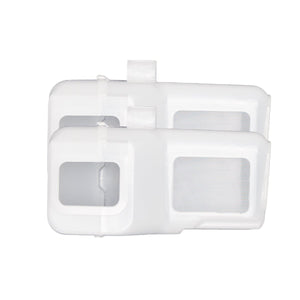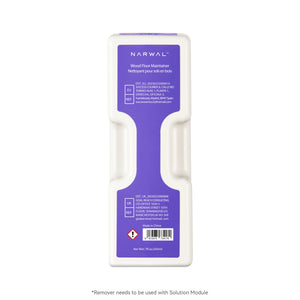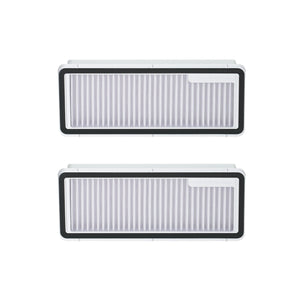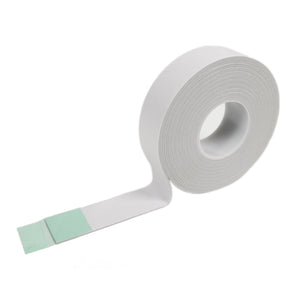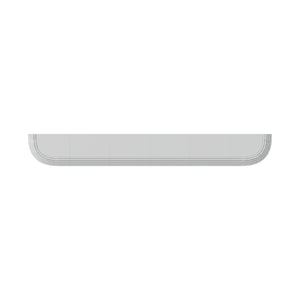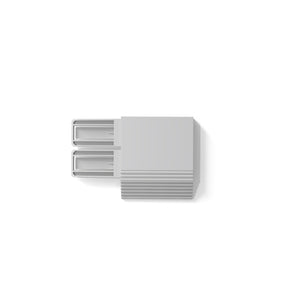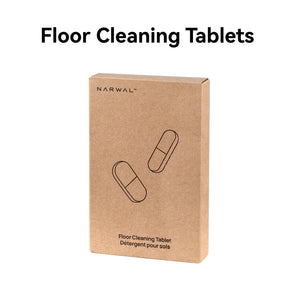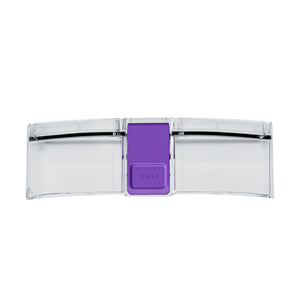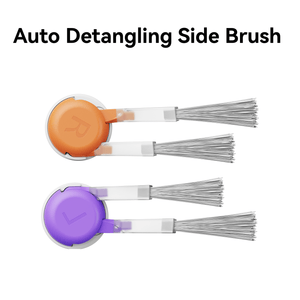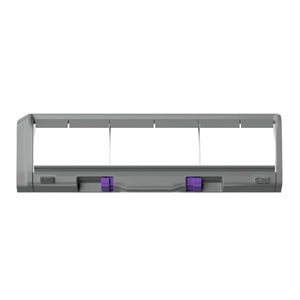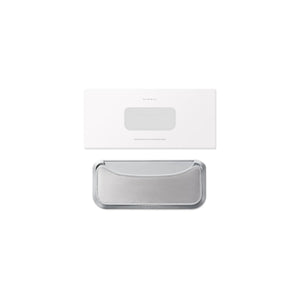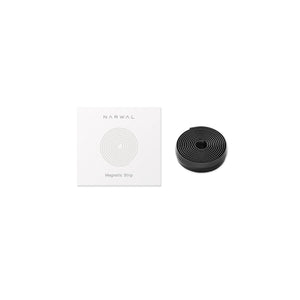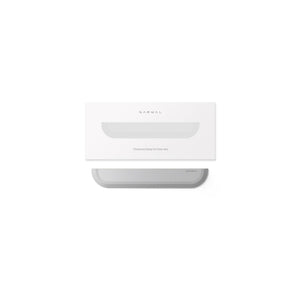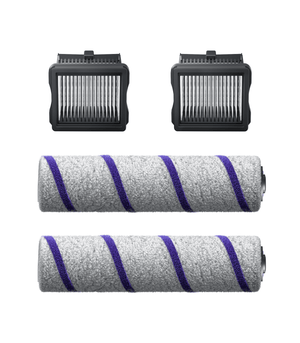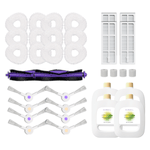When it comes to robot vacuums, LiDAR is generally the superior choice. It provides higher precision, better obstacle avoidance, and works well in low-light conditions, making it ideal for efficient cleaning.
In this article, we’ll explore how LiDAR and camera-based systems work in robot vacuums. We’ll compare their accuracy and precision, and explain why LiDAR is more reliable for navigation. We’ll also examine how both technologies perform in different home environments, their cost differences, and privacy concerns. We’ll give you a concise table about the pros and cons of lidar and camera. The best robot vacuum model has both of them. By the end, you’ll understand which technology is better for your robot vacuum needs.
LiDAR and Camera Technologies for Robot Vacuums
In this section, we’ll walk you through how LiDAR and camera-based systems work in robot vacuums. Let’s start with how LiDAR uses laser pulses to map your home. Then, we’ll explain how camera-based systems help the robot navigate using images.

How LiDAR Works in Robot Vacuums for Accurate Mapping
Think of LiDAR as a laser scanner. It sends out laser pulses, which bounce back after hitting an object. By measuring the time it takes for the pulses to return, the robot can calculate the exact distance to objects around it. This helps the vacuum create a detailed 3D map of your space. With this map, it can navigate accurately and avoid obstacles. Imagine how useful this is if your furniture is spread out or you want to clean in the dark. LiDAR doesn’t need any light to work, so it’s perfect for those tricky spots under the couch or in dark corners.
Camera-Based Systems: How They Help Robot Vacuums Navigate
Now, let’s talk about camera-based systems. These work like your eyes, capturing images of the room. The robot processes these images using computer vision to understand its surroundings. It recognizes objects like walls, chairs, and even small debris on the floor. But here's the catch—cameras can’t measure distance very well. They’re great for seeing things, but not for understanding how far away they are. Plus, they need light to work properly, so if your home is dimly lit, the camera might struggle.
If you would like to know more about the robot vacuum camera, you can click here.
Precision Comparison: LiDAR vs Camera for Robot Vacuums

In this section, we’ll focus on how LiDAR and camera-based systems differ in precision. We will explain how each system measures distances and how this affects the robot's ability to navigate.
LiDAR’s Precision: How It Ensures Efficient Navigation
LiDAR is highly accurate. It sends out laser pulses and measures the time it takes for them to return after hitting an object. This gives the robot an exact distance to everything around it. With this precise information, the robot can avoid obstacles easily and navigate smoothly. LiDAR creates a 3D map of the environment, which helps it move accurately in even dark or cluttered spaces. Because of this high precision, LiDAR is great for detailed navigation and obstacle avoidance.
Camera’s Limitations: Depth Perception and Navigation Issues
Camera-based systems rely on images to see the environment. Cameras can detect objects, but they cannot measure the exact distance to those objects. This is a big limitation. Without accurate depth perception, the robot can make mistakes when avoiding obstacles. Cameras also perform poorly in low-light conditions, affecting their ability to navigate precisely. Since they can’t measure exact distances, cameras might struggle with tight spaces or small obstacles.
LiDAR vs Camera: Performance in Different Home Environments

In this section, we’ll focus on how LiDAR and camera-based systems perform in different home environments. We’ll see how each technology handles cluttered rooms, low-light situations, and other challenges typical in homes.
LiDAR in Dark and Cluttered Spaces: A Robot Vacuum’s Best Friend
LiDAR performs well in dark and cluttered spaces. It doesn’t rely on light to work, so it can map a room even when the lighting is poor. This makes LiDAR ideal for homes with low lighting, like basements or rooms with heavy furniture. The technology can detect obstacles with high precision and navigate around them without any issues. Even in messy areas, LiDAR helps the robot avoid obstacles and clean efficiently.
Camera Performance: Best in Well-Lit Spaces but Limited in Low Light
Camera-based systems perform best in bright environments. They capture clear images when there’s enough light, helping the robot recognize objects and navigate effectively. However, in low-light or dark spaces, the camera's ability to detect obstacles and create an accurate map is reduced. This means camera-based systems struggle when cleaning in dimly lit rooms, under furniture, or in rooms with shadows.
Cost and Scalability: LiDAR vs Camera in Robot Vacuums
In this section, we’ll compare the cost and scalability of LiDAR and camera-based systems. Both technologies have their advantages, but how do they measure up when it comes to price and expanding their capabilities?

LiDAR’s Cost and Why It’s Worth the Investment for Advanced Robot Vacuums
LiDAR tends to be more expensive than camera systems, but it offers higher performance. While the upfront cost is higher, LiDAR provides accurate navigation, precise mapping, and works well in various lighting conditions. These features make it ideal for high-end robot vacuums. As the technology improves and becomes more widely used, the cost of LiDAR is gradually decreasing. For consumers looking for a robot vacuum that offers precision and reliable cleaning, LiDAR is often worth the investment.
Camera-Based Systems: Affordable and Suitable for Budget Robot Vacuums
Camera-based systems, on the other hand, are more affordable. They are a great option for budget-friendly robot vacuums. While they may not offer the same level of precision as LiDAR, they still provide reliable navigation and obstacle detection in well-lit environments. Cameras are often used in mid-range robot vacuums, offering a balance between cost and performance. For consumers who don’t need the advanced features of LiDAR, camera systems are a practical, cost-effective choice.
Privacy and Security: LiDAR vs Camera in Robot Vacuums
In this section, we’ll explore privacy and security concerns with LiDAR and camera-based systems. How do these technologies handle your data? Let’s take a closer look.
LiDAR’s Privacy Benefits in Robot Vacuums
LiDAR is safer for privacy. It doesn’t capture images of people or objects. Instead, it creates a 3D map of the space. This map only measures distances and does not store any personal information, such as faces or specific details. LiDAR does not rely on cameras or visual data. Because of this, it ensures stronger privacy and can be a better choice if you care about keeping your home’s details secure.
Camera Concerns: Privacy Risks in Robot Vacuums
Camera-based systems, however, capture images of your home. These images may include sensitive areas, such as rooms or even people. Without proper protection, this data could be vulnerable to misuse. Some camera systems even use facial recognition, which raises additional privacy concerns. While many camera systems are improving their data security, there is still a risk. If privacy is your priority, LiDAR may offer a safer and more secure option.
Comparison of LiDAR vs Camera: Benefits and Weaknesses
This table compares LiDAR and Camera technologies on key factors such as precision, mapping capabilities, performance in low light, obstacle detection, and privacy. It also covers weather performance, cost, adaptability to environments, maintenance, and energy efficiency.
|
Aspect |
LiDAR |
Camera |
|
Precision |
High precision, measures exact distances |
Low precision, struggles with depth perception |
|
Mapping |
Creates 3D maps of the environment |
2D images, no 3D mapping |
|
Low-Light Performance |
Works well in low light or dark environments |
Struggles in low-light conditions |
|
Obstacle Detection |
Accurate obstacle detection and avoidance |
Object recognition, but poor at measuring distance |
|
Privacy |
No visual data capture, better for privacy |
Captures images, potential privacy concerns |
|
Weather Performance |
Works well in fog and rain |
Performance drops in fog, rain, or low light |
|
Cost |
Generally more expensive |
More affordable |
|
Environment Adaptation |
Works in complex environments (e.g., cluttered, dark) |
Best in well-lit, simple environments |
|
Maintenance |
Low maintenance, no visual data to process |
May require more maintenance, especially for cameras |
|
Energy Efficiency |
More power-intensive |
More energy-efficient compared to LiDAR |
Best Robot Vacuum Has Both LiDAR and Camera Technology: Narwhal Freo Z Ultra
There is a robot vacuum that uses both LiDAR and Camera technology. One such vacuum is the Narwal Freo Z Ultra. By combining these two technologies, it delivers powerful performance for navigation and cleaning.
- LiDAR sends out laser pulses to create a precise 3D map of your home. This allows the robot to avoid obstacles and navigate smoothly, even in dark or cluttered areas.
- Camera technology works with AI to recognize objects and make real-time decisions. It helps the vacuum detect obstacles and adjust its cleaning path for more efficient results.
What makes the Freo Z Ultra unique is its focus on privacy protection. Unlike traditional camera systems that capture images of your home, Narwal’s LiDAR does not rely on visual data. It uses laser pulses to scan and map the space, ensuring your privacy is respected while still providing accurate navigation.
[cta:narwal-freo-z-ultra-robot-vacuum-mop]
In summary, the Narwal Freo Z Ultra combines LiDAR and Camera technologies to offer precise, smart cleaning, all while maintaining your privacy.
Conclusion: LiDAR or Camera – Which is Best for Your Robot Vacuum?
In conclusion, LiDAR is the better choice for precision and reliable performance, especially in dark or cluttered spaces. It’s perfect for high-end vacuums that need accurate navigation. However, if you're looking for a more affordable option and don't mind sacrificing some accuracy, camera-based systems can still get the job done in well-lit environments.
What matters most to you: precision or affordability? If you value top-tier performance, LiDAR is the way to go. If budget is your priority, consider a camera-based vacuum.
Ready to choose? Explore Narwal robot vacuums with LiDAR or opt for a camera-based model that fits your needs. Start your search today!
Can LiDAR Help Robot Vacuums Clean Corners and Tight Spaces?
Yes, LiDAR can help robot vacuums clean corners and tight spaces. It creates a detailed 3D map of the environment, allowing the vacuum to navigate accurately around obstacles, even in narrow areas. This precision helps the vacuum avoid hitting furniture or missing spots.
Can Robot Vacuums Rely on Cameras Alone for Cleaning?
No, robot vacuums can’t rely on cameras alone for cleaning. Cameras can detect objects but lack depth perception, making it hard to accurately measure distances. This can lead to issues when cleaning in tight spaces or avoiding small obstacles. LiDAR provides the precision needed for these tasks.
Can LiDAR See Through Fog?
Partially. LiDAR can penetrate light fog better than cameras, but may lose accuracy in dense fog.
How Far Away Can LiDAR Detect Objects?
Up to 50 meters, depending on the model and environment.
Radar vs LiDAR vs Camera vs Ultrasonic?
-
LiDAR: High precision, 3D mapping, works in low light.
-
Radar: Good in fog/rain, lower resolution.
-
Camera: Recognizes objects, needs light, weak depth sensing.
-
Ultrasonic: Short range, basic obstacle detection.









